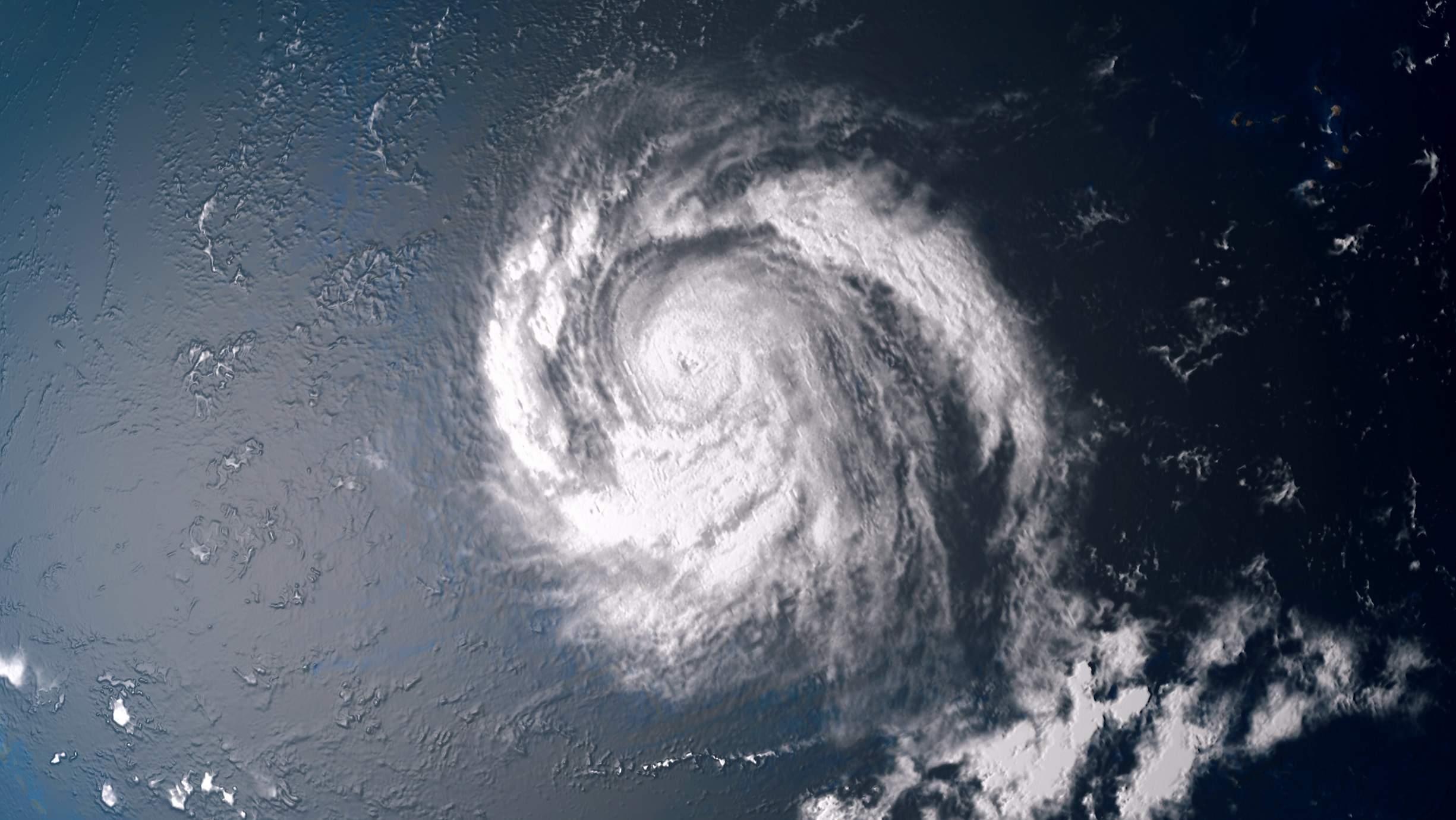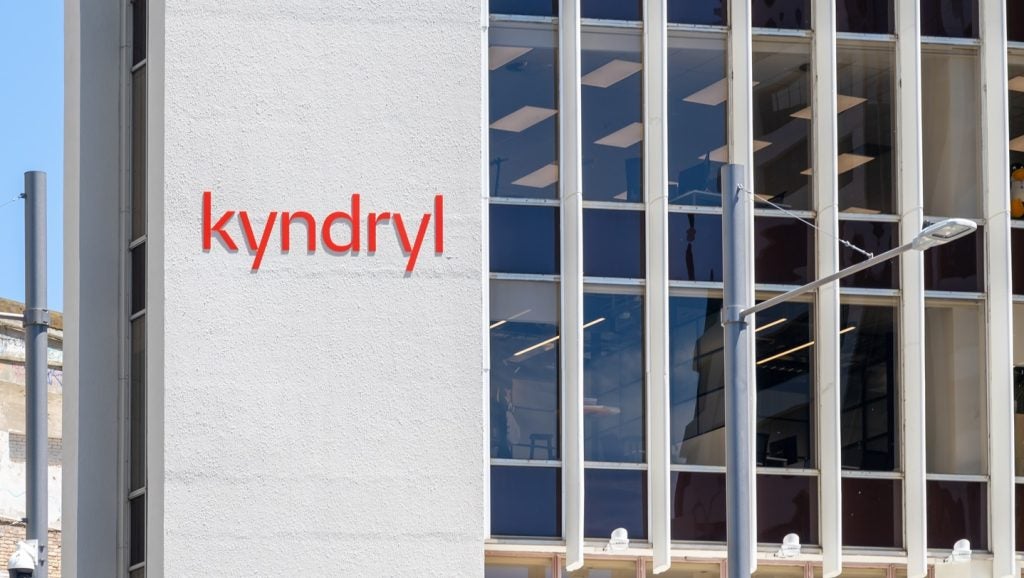
As the US is recovering from the devastation caused by Hurricane Harvey, a new storm is brewing in the Atlantic Ocean: Hurricane Irma.
The storm has been christened the most powerful Atlantic Ocean hurricane in recorded history.
It has reached the islands of the northeast Caribbean and is thought to be making its way towards Puerto Rico, the Dominican Republic, Haiti, Cuba and possibly Florida.
According to the US National Hurricane Centre (NHC), Hurricane Irma is a “potentially catastrophic category 5 hurricane”.
[It] will bring life-threatening wind, storm surge, and rainfall hazards to portions of the northern Leeward Islands, including the Virgin Islands and Puerto Rico, on Wednesday. Preparations should be rushed to completion.
The centre also said that hurricane warnings are in place throughout the Dominican Republic, Haiti and south eastern Bahamas. It warned that Irma is likely to bring dangerous wind, storm surge and rainfall to these areas this week.

US Tariffs are shifting - will you react or anticipate?
Don’t let policy changes catch you off guard. Stay proactive with real-time data and expert analysis.
By GlobalDataI am at a complete and utter loss for words looking at Irma’s appearance on satellite imagery. pic.twitter.com/B0ewFyvcSv
— Taylor Trogdon (@TTrogdon) September 5, 2017
Category 5 hurricanes
Now that Hurricane Irma has been dubbed a category 5 hurricane, people are worried.
There have only been three other category 5 storms to ever hit the US; the last one was Hurricane Andrew in 1992, 25 years ago.
For comparison, last week’s Hurricane Harvey was a category 4 hurricane. This caused around 20trn gallons of rainfall to fall on the city of Houston, Texas, and its surrounding districts, causing three landfalls.
It is thought that Harvey will be the costliest storm in US history, after Texas’s governor Greg Abbot has asked for $125bn in federal funding to help recover the state.
Why are these storms happening now?
Atlantic Hurricane season is a thing, and it often begins on 1 June. However, from mid-August to mid-October there can be a “season within a season” when tropical cyclone activity spikes.
According to the National Oceanic and Atmospheric Administration (NOAA), this is because of two factors: wind and thermodynamics, which means temperature and moisture.
Wind shear stops large disturbances from growing in the Atlantic. This is strongest in May, and at its weakest in mid-August, which allows big storms to build.
As well, there is favourable thermodynamics for storms at the moment. Ocean temperatures increase with warm air, which increases the atmospheric moisture.
NOAA said in a statement:
When the dynamics and thermodynamics are in sync, as they are often are from mid-August through early October, disturbances like African tropical waves can easily strengthen. The statistical peak day of the hurricane season – the day you are most likely to find a tropical cyclone somewhere in the Atlantic basin – is September 10.







